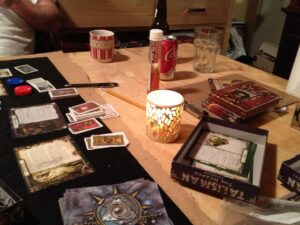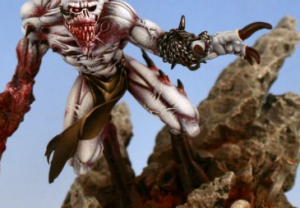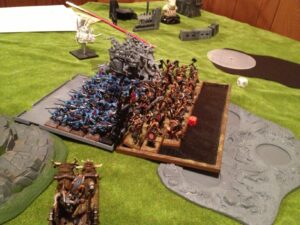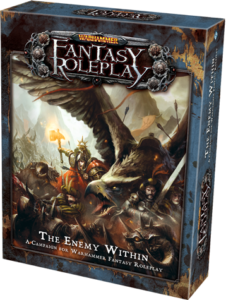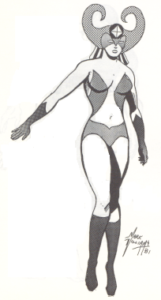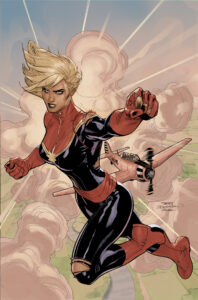I did it. I finished a game. So rare, so unique to actually push through and complete any game I start– it must be good, right? Yes. The new Xcom delivers the turn based goodness big time. While it is not up to the Jagged Alliance 2 level of turn based goodness– Xcom is by far the best modern TBT (turn based tactical) game I’ve played and hopefully will usher in a new age of copy cats that take the genre to new heights. This was an A class title and while I’m not sure about sales, it must have some publishers thinking that turn based strategy is a sell for gamers. What’s amazing about Xcom is that it not only plays like a great TBT title, it LOOKS like an A class game. A lot of people may have played Laser Squad Nemesis, but likely not a lot of people were drawn in by the graphics who otherwise wouldn’t look at a TBT game. The last serious TBT I played was Soul Nomad and the World Eaters after a long string of NiS titles since the legendary Disgaea hit the states. Xcom is a far cry from the NiS games but the essentials are the same: you have a group of guys, they level up, they get better gear, they fight stuff in turn based mode.
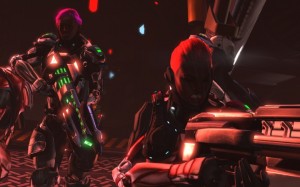
First, lets me get on about the stuff that’s not really all that important: the visuals. This is window dressing for the core gameplay and while it can’t make the game it is a HUGE bonus in Xcom. Firaxis uses the Unreal engine and it is just gorgeous. All the effects look great, the physics are superlative and the destructable terrain is to DIE for in this genre. We’re seeing things in Xcom (again, a TBT) that are normally in a top drawer FPS. The camera work is fairly good during shots and criticals– I saw a few glitches here and there, but nothing gamebreaking. This is, by far, the best looking TBT around. What I was most worried about after Xcom Apocalypse is that the aliens in the new version would look like SHIT or just too comical to take seriously (like the blue ice cream guys or the walking asses). I can say the aliens look excellent. While not a fan of the ‘greys’ as a design, they did a great job with everything else. They even go into explaining why there are so many different races invading the earth all unified– not something that was ever done in the old Xcoms.
Gameplay. Firaxis made some decisions that at first concerned me a great deal. First there is no inventory at all. You don’t have a backpack filled with crap for each soldier and you cannot pick up anything on the ground during a fight. Soldiers have a main weapon, a pistol and up to two extra items (either a medikit, stun gun, grenades or extra armor for the most part) depending on your class.
Secondly, your guys get two moves only. That means you can’t move one square forward, move another square forward, etc. You have to pick a square to move to and GO. You can move a second time, but again, you pick a square within your move range and go there. For your shooting action, you either shoot first (and not take your movement at all) or move first, then shoot.
Both of these things seem shocking to Jagged Alliance veterans—but they do something that I highly respect: save time. If you remember, missions in the old Xcom and map clearing in JA could take a long, long time. Xcom’s new version drastically reduces the possible time spent on a mission, mostly due to the two major changes above. You are not wasting time moving single squares with your guys, nor are you fuddling about with trying to determine if you can grab a grenade out of you backpack and still have enough action points to throw it. This does remove some of the age old tactics of picking up alien tech and slapping it in your backpack (or alien corpses) or getting aliens to drop their weapons on a successful psionic control attack (yes Psionics are in the game). However, the benefit far outweighs the loss of these age-old and rather beardy tactics in that you are done and on to the next mission.
Campaign. The campaign game is engaging and tight. There are cinematics for a lot of events and a set of cheracters that you interact with throughout who provide some added entertainment and give you a feel for what is at stake. I only played through the campaign twice, once losing pretty quickly before I understood the importance of countries panicking and leaving the Xcom project. Once you get down to too few countries funding Xcom, the aliens basically take over and it’s game over.
Another interesting bit is that the aliens always abduct humans in multiple sites–so you have to choose where to take your guys to shoot them. You can take easy missions (and should early on) with small rewards, or take difficult missions with more rewards. Eventually you are forced to take the most difficult missions as the panic level in some countries becomes so great, you don’t have a choice but to take on that mission to lower the panic level. Since, as noted above, missions go quickly, campaign game can go fairly quickly, unlocking new weapons (and facing new enemies) at a good clip. While it’s key to allow the player to determine some of the pace in a TBS game, I found it a good mix of being forced to take action and having time to mull over decisions.
Soldier upgrades are simplified in that you choose a skill per advance. These skills are very clear in gameplay, and you can tailor your guys to be pretty much exactly what you need at the time. My only complaint here is that you will get some guys that can no longer advance as they have all the advances in their class tree. This is minor as by that time, you are headed to the end of the game.
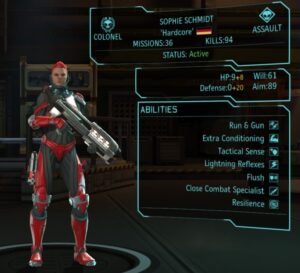
That said, Xcom is not an extremely long game where you are slugging through hours and hours of missions and side quests, there are distractions from the main quest, but you are always against the clock and have to start making your way to the end with some speed if you want to win. As a responsible adult, I found this to be great as I could actually FINISH it. Now back to the pile of unfinished games from 2011….
